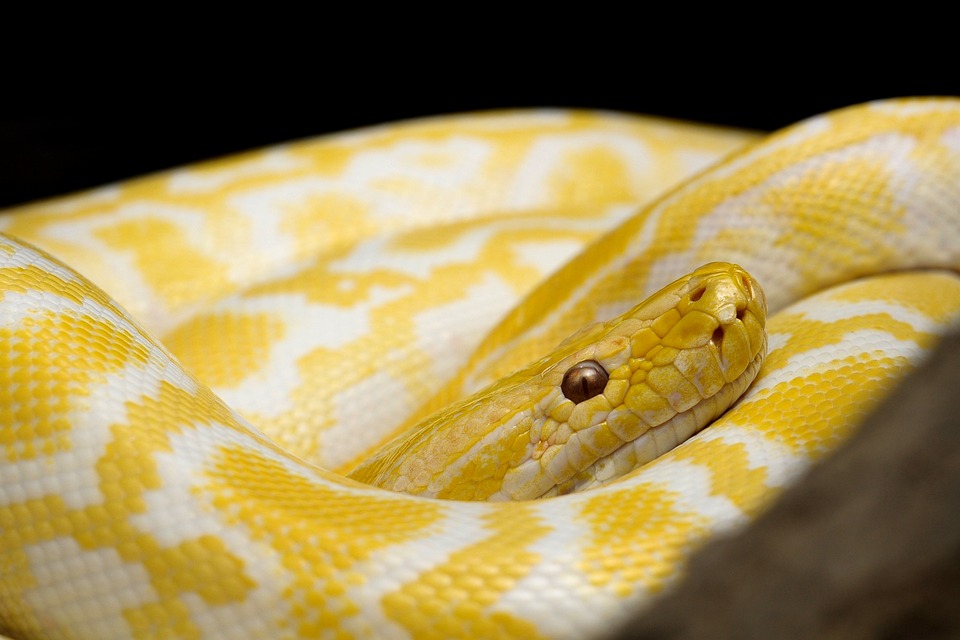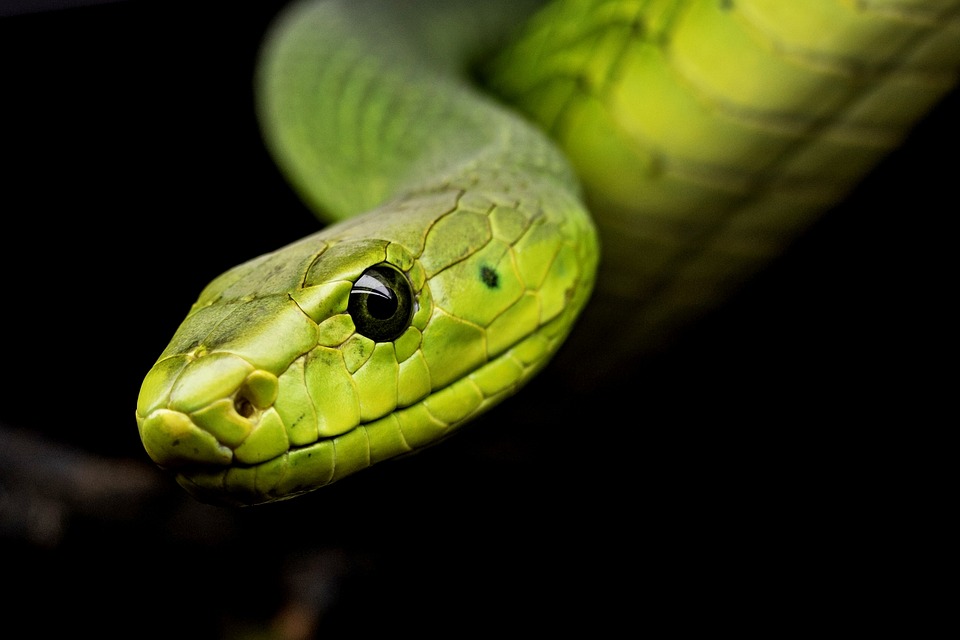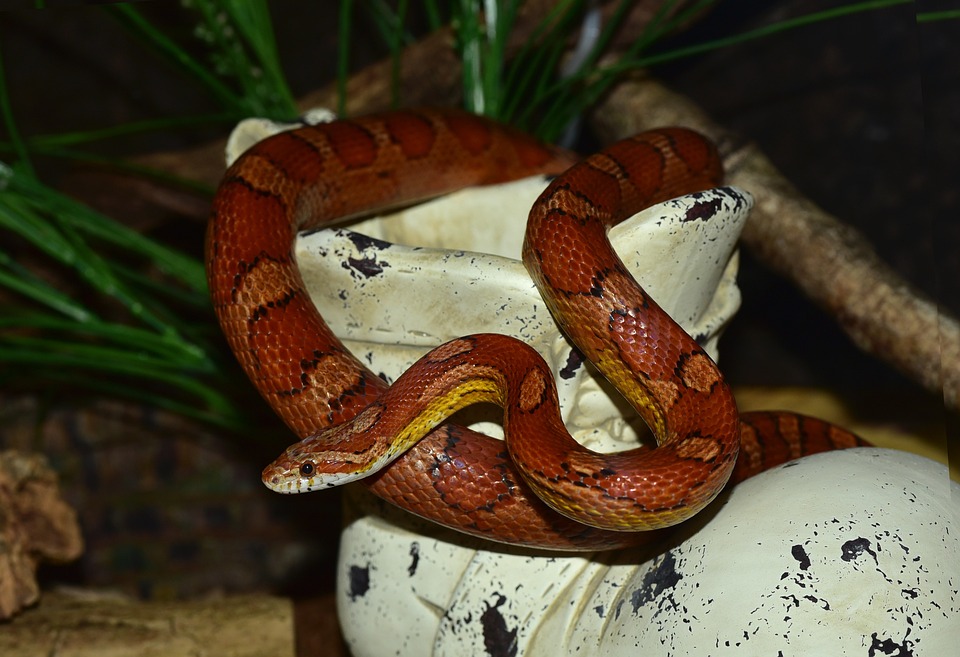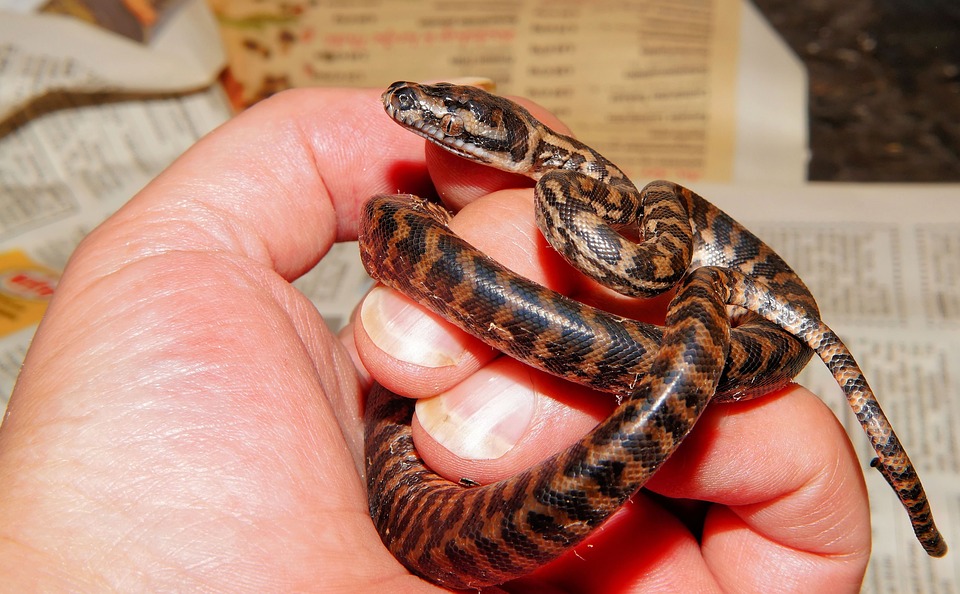Snakes are elongated, legless reptiles that belong to the suborder Serpents. They are characterized by their long, cylindrical bodies covered in scales, and their ability to move in a variety of ways such as slithering, sidewinding, and constricting. Serpents can be found in almost every part of the world, from deserts to forests to oceans.
There are more than 3,500 species of snakes, and they vary greatly in size, color, and behavior. Some species, like the anaconda and the reticulated python, can grow up to 30 feet in length, while others, like the thread snake, are less than four inches long. Serpents can also have venomous or non-venomous bites, and some use constriction to subdue their prey.
Serpents play important roles in many ecosystems, as both predators and prey. They also serve as pets, although it’s important to note that many species require special care and handling.

Varieties
There are more than 3,500 species of snakes, making them one of the most diverse groups of reptiles. These species are classified into around 20 families, each with distinct characteristics and habitats. Some examples of snake families include Colubridae (typical serpents), Viperidae (vipers), Elapidae (cobras and coral serpents), and Pythonidae (pythons).
It’s worth noting that new species of snakes are still being discovered and described, especially in remote and poorly studied regions of the world. So the total number of snake species is likely to increase as more research is conducted.
As mentioned earlier, there are more than 3,500 species of snakes. It would be impossible to list all of them, but I can provide a general overview of some of the major families and types of serpents:
- Colubrids: The largest family of snakes, including species like garter serpents, rat serpents, and king serpents.
- Vipers: A family of venomous serpents, including species like rattlesnakes, copperheads, and vipers.
- Elapids: Another family of venomous snakes, including species like cobras, mambas, and coral serpents.
- Pythons: Large non-venomous snakes, including species like the reticulated python and the ball python.
- Boas: Another family of large non-venomous snakes, including species like the boa constrictor and the anaconda.
- Sea snakes: A group of venomous serpents that live in marine environments, including species like the yellow-bellied sea snake and the black-banded sea krait.
- Blind snakes: A family of small, non-venomous snakes that are often mistaken for earthworms.
- Grass snakes: A group of non-venomous snakes that live in grassy habitats, including species like the smooth green snake and the rough green snake.
This is just a small sample of the many types of snakes that exist. Within each family, there are many different species, each with its unique characteristics and adaptations.

Poisonous or venomous?
While the terms “poisonous” and “venomous” are often used interchangeably when referring to snakes, they have different meanings.
A poisonous snake is toxic if it is ingested or touched. Poisonous snakes have glands that secrete toxins and are for defense rather than hunting. Examples of poisonous snakes include the Asian tiger snake and the American hognose snake.
A venomous snake, on the other hand, injects venom into its prey or a potential predator. Venomous snakes have special glands – venom glands, which produce venom, delivered through fangs or other specialized teeth. Snakes use venom to immobilize and digest their prey, and can also use it for defense. Examples of venomous snakes include the rattlesnake, the cobra, and the black mamba.
In short, the key difference between poisonous and venomous snakes purely depends on the delivery of their toxins. Poisonous snakes secrete toxins that are absorbed through the skin or ingested. Venomous snakes inject venom through unique teeth or fangs. It’s important to note that not all snakes are poisonous or venomous, and many species are harmless to humans.
Colors
Snakes come in a wide variety of colors and patterns, and it’s difficult to give an exact number of how many colors there. However, some of the most common colors and patterns that serpents exhibit include:
- Brown: Many species of snakes are brown or tan in color, including the common garter snake and the brown snake.
- Green: Some serpents, like the green tree python and the emerald tree boa, are bright green.
- Black: Many species of serpents are black, including the black mamba and the black racer.
- Yellow: Some snakes, like the eastern coral snake and the king snake, are yellow or have yellow markings.
- Red: Several species of venomous serpents, including the coral snake and the copperhead, have red coloring.
- Stripes: Some serpents, like the garter snake and the ribbon snake, have stripes running down their bodies.
- Spots: Other snakes, like the leopard snake and the king cobra, have spots or blotches on their bodies.
These are just a few examples of the many colors and patterns that snakes can exhibit. Additionally, some species of serpents can change color based on factors like temperature or mood, making it difficult to give an exact number of how many colors of serpents there are.

Snakes – Vegetation
Snakes can be found in a wide variety of vegetation types, from deserts to forests to wetlands. Different species of serpents have different habitat preferences, and some species are more adaptable than others.
- Grasslands: Many species of snakes, including the garter snake and the corn snake, live in grasslands and prairies.
- Forests: Some serpents, like the timber rattlesnake and the copperhead, are found in forested areas.
- Deserts: Some desert-dwelling serpents, like the sidewinder and the rattlesnake, are well-adapted to life in arid environments.
- Wetlands: Serpents can be found in wetland habitats like swamps, marshes, and bogs. Examples include the cottonmouth and the water moccasin.
- Mountains: Some species of snakes, like the mountain king snake, live in higher-elevation habitats like mountains and foothills.
- Agricultural land: Some serpents can also be found in agricultural areas, such as cornfields or rice paddies.
Overall, snakes are highly adaptable and can be found in a wide range of vegetation types, from grassy meadows to dense rainforests. The specific vegetation type that serpents inhabit will depend on the species and its habitat preferences.

Relation with humans
Snakes have had a complex relationship with humans throughout history. On one hand, many species of serpents are feared and reviled by humans due to their venomous nature and the potential harm they can cause. On the other hand, serpents have also been revered and admired in many cultures, and they have played important roles in folklore, mythology, and traditional medicine.
Here are a few examples of the ways that snakes have interacted with humans throughout history:
- Folklore and mythology: Snakes have been featured in the folklore and mythology of many cultures around the world. In some cultures, serpents were seen as symbols of fertility, rebirth, and transformation. In others, they were seen as dangerous and evil creatures to be avoided.
- Traditional medicine: In some cultures, serpents have been used in traditional medicine for their supposed healing properties. For example, snake venom has been used as a treatment for certain ailments, and snake oil was once a popular remedy in Western medicine.
- Agriculture and pest control: Serpents can play an important role in controlling pests like rodents and insects, making them a valuable asset in agricultural areas.
- Research and education: In the scientific community, snakes are studied for their unique adaptations and behaviors, and they as models help in understanding genetics, evolution, and other biological processes. In addition, many zoos and educational institutions keep serpents as a way to teach the public about these fascinating creatures.
Overall, the relationship between serpents and humans is complex and multifaceted, and it has evolved as our understanding of these creatures has changed. While serpents can be dangerous and even deadly in some cases, they also play important roles in our ecosystems and our cultures.
Conclusion – Snakes
In conclusion, serpents are a diverse and fascinating group of animals that have been both revered and feared by humans throughout history. With over 3,000 species of serpents found on every continent except Antarctica, these creatures have adapted to a wide variety of habitats, from arid deserts to lush rainforests. While some serpents are venomous and can pose a danger to humans, the vast majority of species are harmless and play important roles in their ecosystems as predators and prey. Overall, studying and understanding serpents is essential to gaining a deeper understanding of the natural world and the complex interactions between different species.
Vibrant Vaishnavi
